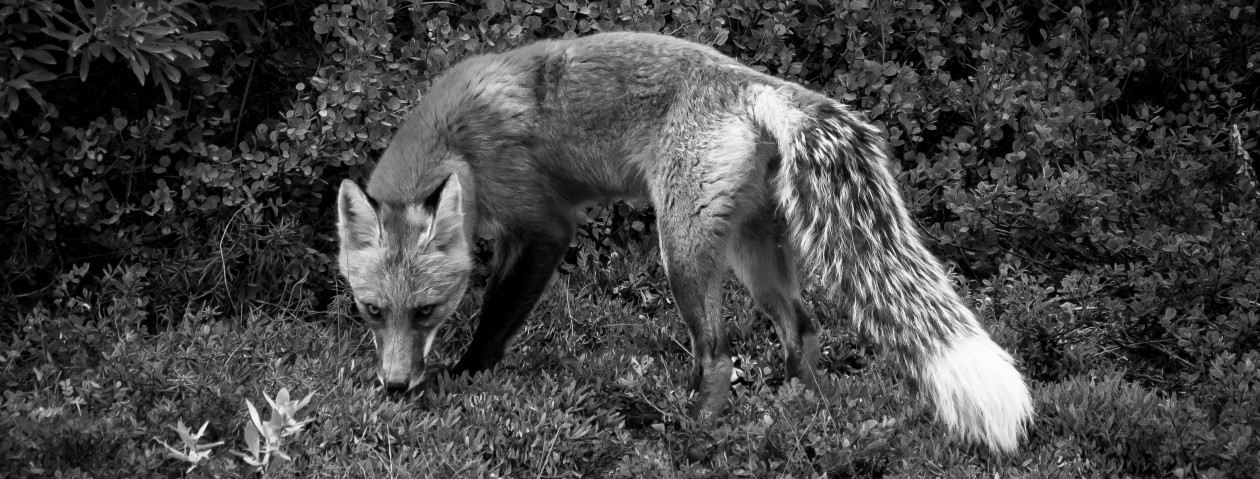Visually and sonically the pond was alive. Golden light of a pre-evening sun poured over the pond, and where the light fell on the far bank the sound of spring in Alaska, a loud wood frog (Rana sylvatica) chorus, echoed in the birches. Wood frogs are the only species of amphibian found in Interior Alaska, because let’s face it : there are not many species that can withstand -40 degree temperatures! In the winter, wood frogs burrow into the soil under leaves or woody debris and concentrate glucose in their blood as anti-freeze. However, the glucose only provides some relief. In the cold months with little sun, their heart stops beating, eyes freeze, blood freezes, and brain activity stops. By almost any definition the frogs would be declared dead, but when spring temperatures arrive the frogs thaw out from the inside-out (instead of the outside-in, scientists have no idea how), resume life, and jump into local ponds for reproduction. It was that yearly event that I stood in the middle of with my camera.
I waded into the ~55 degree water, and through the old vegetation of the pond. Crossing the 60 foot wide pond to where the frogs called, resulted in water mid-way up my thighs and soaked my pants. I draped a camouflage cloth over me and waited like a giant, brown heron (or maybe the swamp monster) for the frogs to start singing. When they did it started as a single croak which seemed to say “all clear”. Within no time the life of breeding wood frogs unfolded all around me. Only a few feet away, each frog that called swelled up pockets of skin along their cheeks and side, and sent a rippling well of water out from its body. I think that communication occurs both by sound and by the small waves of water, although that is just an observation. Many of the male frogs chased females while rapidly swelling their air sacs, calling, and sprinting towards females. Often their approaches seemed to be rejected. I watched as many males swam up rapidly to a female and attempt to mount, but were thwarted by an elusive mate. Often in denser vegetation, groups of frogs boiled in the water as a constant struggle to maintain a female ensued. As I watched the frogs many mosquitoes fed on their exposed heads. After seeing that, I hypothesize that frogs are an important early food source for mosquitoes. I stood for 90 minutes while my legs turned into cold stumps, and finally decided that I couldn’t take the cold water much longer. However, my 90 minutes in the water was worth it! The short video below captures just some of this behavior. Be sure to watch them call in slow motion. Enjoy!
Frogs in the spring have long been a part of my life. Growing up, my open window in the warming days would let their songs in. In the Midwest, higher frog species diversity adds a wider range of tenors and bass to the chorus. The small, 200 foot diameter “frog pond” just inside the woodline is a consistent producer of leopard frogs (bass), spring peepers (tenors), wood frogs, tree frogs (several species), and likely others. The frog pond was an important stomping ground for my brother and my nature education. Although I never got to observe the frogs very often because they were pretty elusive, we often collected eggs and tadpoles for rearing. So, finally after all these years, the opportunity to see these frogs in Alaska up close was a real treat!

Want to learn more? Check out this video highlighting some ongoing University of Alaska Fairbanks research!











